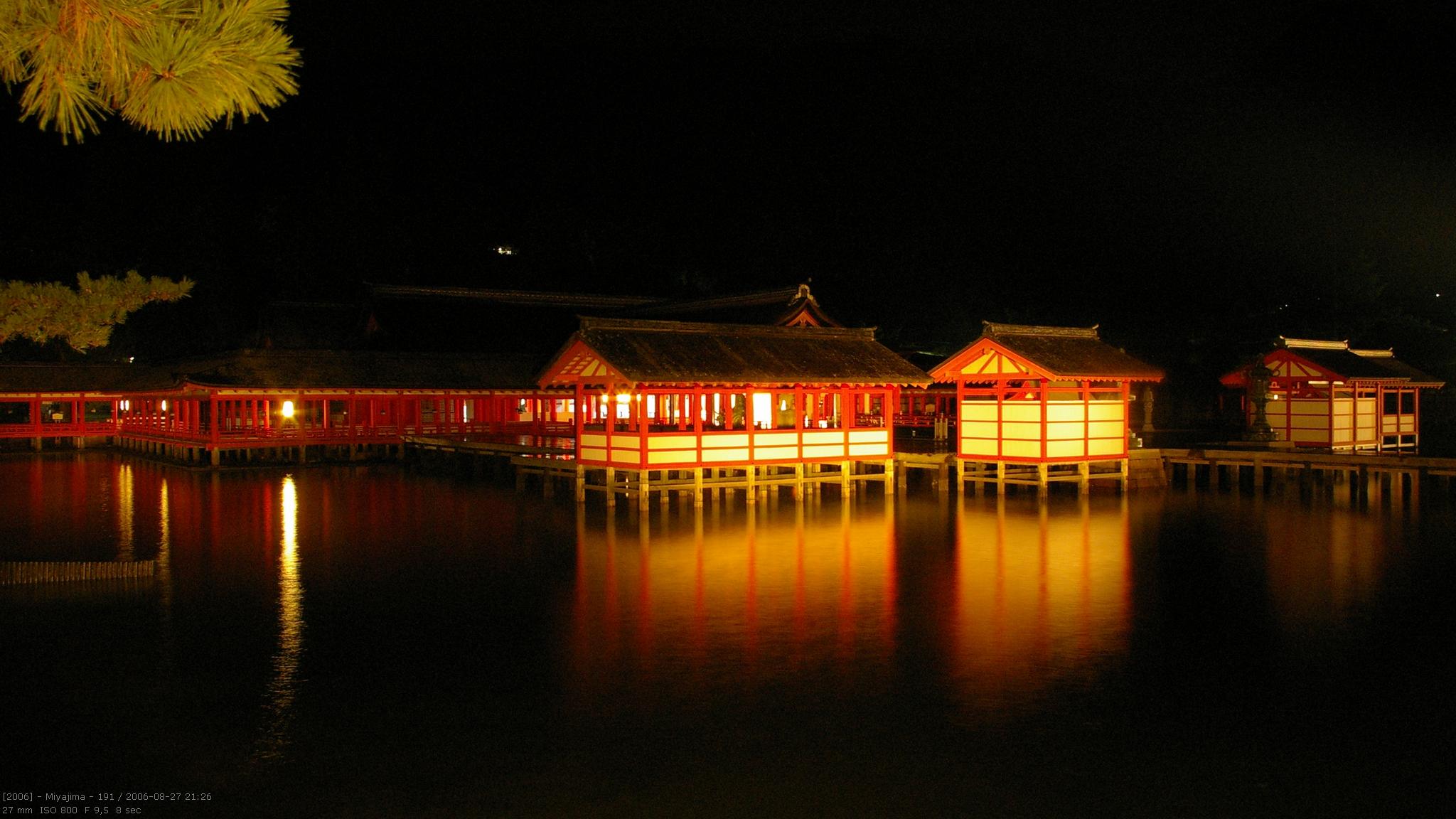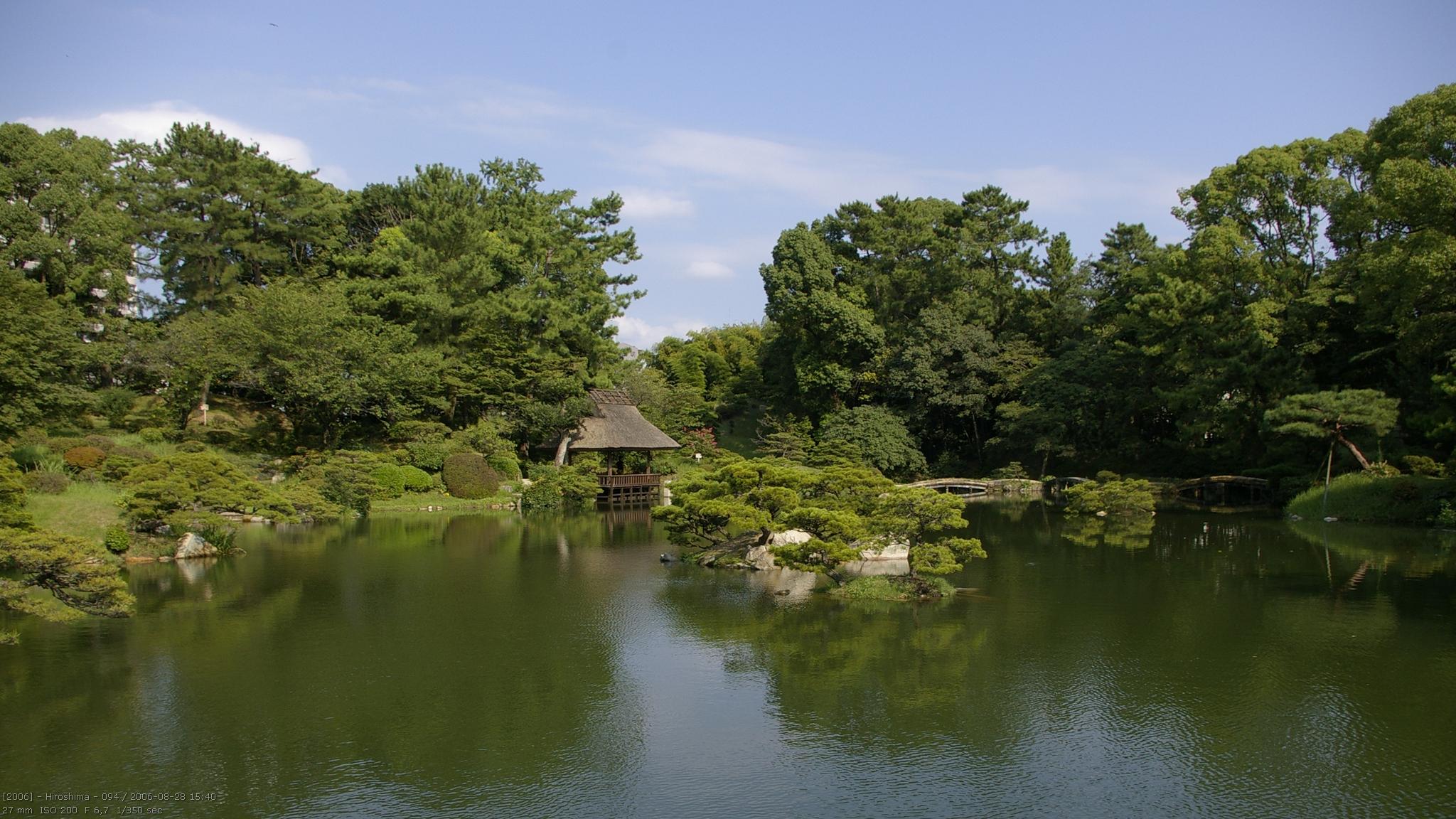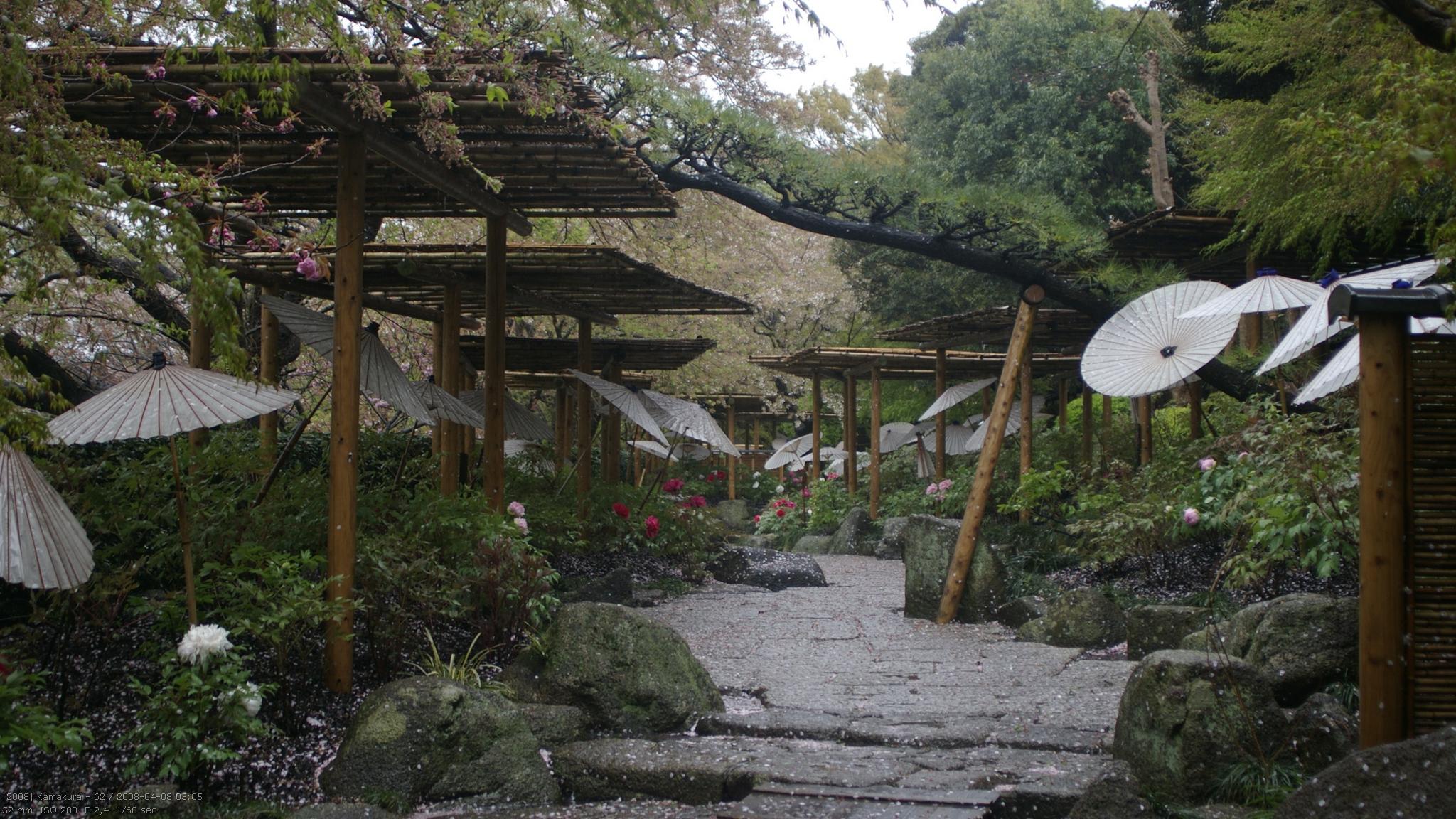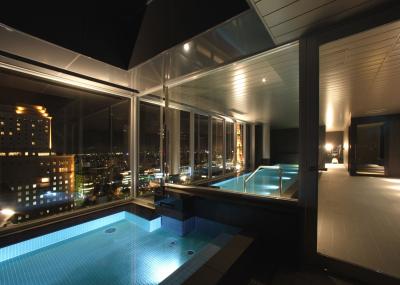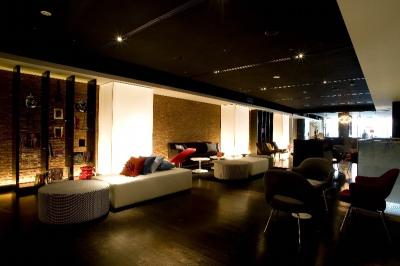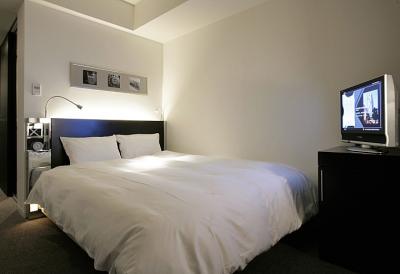Heute habe ich endlich den Flug gebucht. Übergepack ist kein Thema: 10kg = 5€. Darüber brauchen wir nicht diskutieren. Aber es fehlt immer noch ein Hotel. Anfragen sind raus, aber… Ich werde wohl wie beim letzten mal erst zwei Tage vor Abreise alles zusammen haben. Zumindest steht die Packlist. Naja fast. Ich habe noch keinen Audiorecorder für das „Sound of Japan“-Projekt (mehr dazu später einmal). Das wird schon … irgendwie.
Alle Beiträge von seidenpriester
Japans Ryanair (Skymark)
Vielleicht fliege ich auch die Strecke Tokyo–Sapporo. Habe einen Billigflieger gefunden, der die Strecke für 130€ anbietet. Vorteil: Man erspart sich 10 Stunden Zugfahrt. Nachteil: 15kg Gepäcklimit. Aber ich bin am verhandeln … Hoffentlich können die mein Fax lesen. „Japanese staff only“ stand auf der Skymark Homepage.
Nachtrag 10 Uhr: Übergewicht kostet 500円 pro 10kg… Also wirklich fliegen?
Noch 16 Tage (und so viel zu tun)
Gestern habe ich mich mal um die Hotels gekümmert. Hotel Edoya stand ja schon lange fest und ist auch schon gebucht. Aber alles andere fehlte. Heute habe ich dann endlich die Reservierungsbestätigungen für Sapporo, Wakkanai und Rishiri bekommen. Fehlt nur noch Asahidakeonsen. Da habe ich noch nicht einmal eine Idee.
Warum der Stop in Wakkanai? Ganz einfach: Die Zugfahrt von Sapporo dauert ewig und wenn ich nicht den ersten Zug kriege, ist die letzte Fähre weg. Also zunächst nach Wakkanai und am nächsten Tag weiter nach Rishiri. So habe ich zwei halbe Tage in Wakkanai und spare mir die Fähre für einen Tagestour.
In Sapporo habe ich natürlich wieder zugeschlagen. Nach dem Kursfall des Euros hatte ich das Limit bei 10.000円 pro Nacht angesetzt (knapp 100€). Und jetzt: drüber … aber nur knapp. Dafür ist das Hotel Style pur. Unten ein paar Fotos zum Anfüttern.
Kanji-Lexikon
Hotel Edoya (ホテル 江戸屋), Sapporo (札幌), Wakkanai (稚内), Rishiri (利尻), Asahidake onsen (旭岳温泉)
Hello world!
Versuchen wir dieses mal einen Blog zu schreiben. Ich weiß nicht, ob es klappt, da ich nur selten Internetzugang habe. — Als Titelbild habe ich ein Foto meiner letzten Reise gewählt: Der Blick vom Mori Tower in Richtung Odaiba inklusive der Tokyo Rainbow Bridge. — Ach ja der Name „Seidenpriester“. Die Kanji meines Nachnamen lesen sich 坊 (Bou = Priester) und 羅 (Ra = Seide).
Nachtrag aus Mai 2011: Ich habe mich durchgerungen, diesen Blog aufzubohren. Ich werde die anderen drei Reisen nach und nach hier nachtragen. Zudem wird es einen Abschnitt geben, in dem ich ein paar Reiseideen geben will; keinen Reiseführer, davon gibt es genug. Aber Ideen, was man tun kann.
Kanji-Lexikon
Das Kanji-Lexikon begleitet den 2010er Blog. Ich liste dort die Kanjis aller japanischen Begriffe des Tages. Die Links und der Kanjiblog sind Teil der Nachbeartung:
Roppongi Hill Mori Tower 六本木ヒルズ森タワー, Tokyo Rainbow Bridge レインボーブリッジ, Odaiba お台場,
Roses and Cherry Blossoms
A japanese man said to me: „We Japanese like cherry blossoms and dislike roses“.
I don’t want to discuss the japanese soul or aesthetic. But this words were an interesting sum up of both things. I always asked myself why are japanese gardens looking so different. The have a pond, gras and flowers. All you have in a european garden too. The difference has to be in somewhere in the details and I cannot explain it. It is the same with japanese styled room. You can say if they were designed be a real Japanese or an European. Something is different with the aesthetic of Japanese.
Japan is the country formed by of Buddhism and Sinto ideas. Both religion honour the ancestors. And compared to the christian religion they seem to be more comfortable with death and afterlife, somehow. Samurai always were styled. No one liked the idea to end up as a unclean dead body.
But back to the roses. Roses wilt at the stem. It is like they are despirately try to stay alive. Cherry blossoms are falling easy and beautiful at the moment of most beauty, in the middle of their life. It is like they don’t want to hold out to the last possible moment. They don’t wilk. They fall white and clean. Their life is short but powerful in their impression.
Therefore the cherry blossom is center of japanese aesthetic. It is like the German saying: „To stop if it is the best.“ (it really loses in the translation). For the japanese the cherry blossom is a symbol of perishabililty but also for a new start. With the cherry blossom spring is starting in Japan. But also a new school year. We know this from Manga and Anime. Goodbye from former class mates or meeting new frieds (and first love) at the a new school; and the cherry blossom in the background. So cheesy. But also, so Japanese.
The roses that holds to the wrong values.
The cherry blossom as the symbol of begin and end.
We can find a similar aesthetic in the movie Samurai fiction. In an interview I saw, the author Hiroyuki Nakano talked about the (only) two female characters, Koharu and Lady Okatsu. He said that there are two moments of beauty in a female life. Koharu represents the first moment. She is young and unmarried. Lady Okatsu is a woman in her prime. The second moment of beauty. If you follow the idea of cherry blossom. it is only logical, that she dies. She will not wilk.

